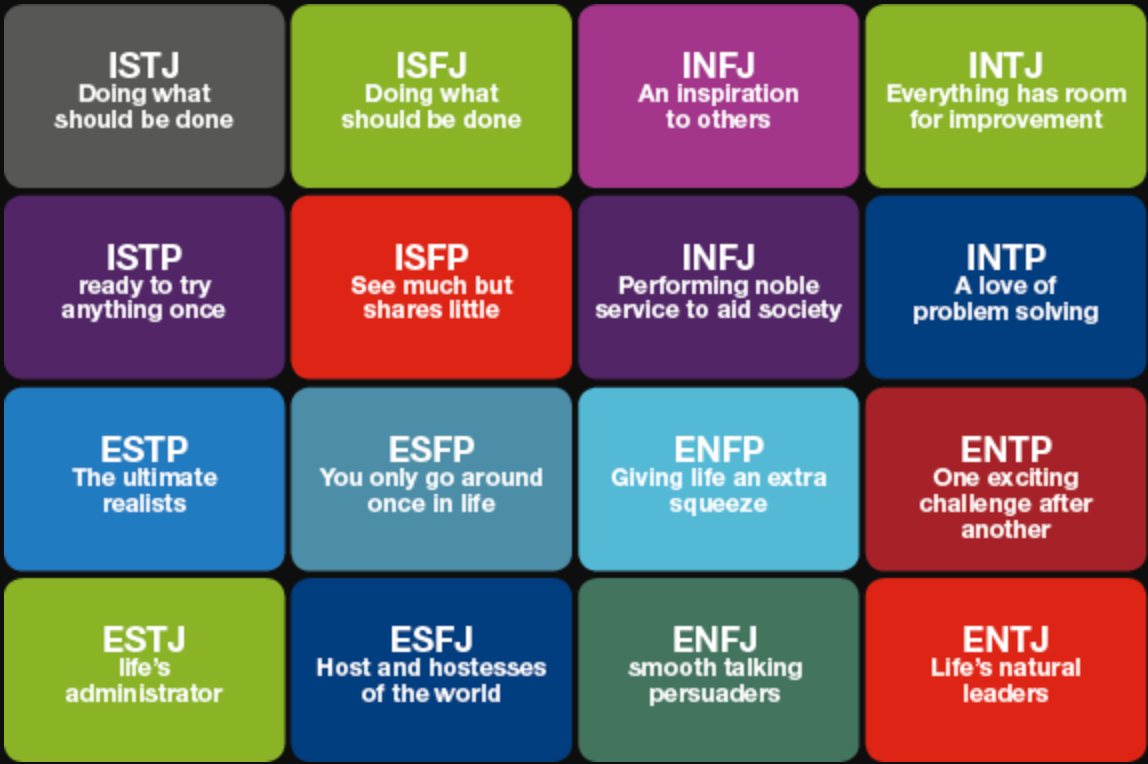
MeyersBriggs Classification Models by Alex S Analytics Vidhya Medium
Myers-Briggs Type Indicator: Created over the span of 20 years and inspired by the work of psychiatrist Carl Jung, the MBTI combines different personal preferences to form 16 different personality.

Absolute Truth. N vs. S MyersBrigg Mbti personality, Infp
In personality typology, the Myers-Briggs Type Indicator ( MBTI) is an introspective self-report questionnaire indicating differing psychological preferences in how people perceive the world and make decisions. It enjoys popularity despite being widely regarded as pseudoscience by the scientific community.
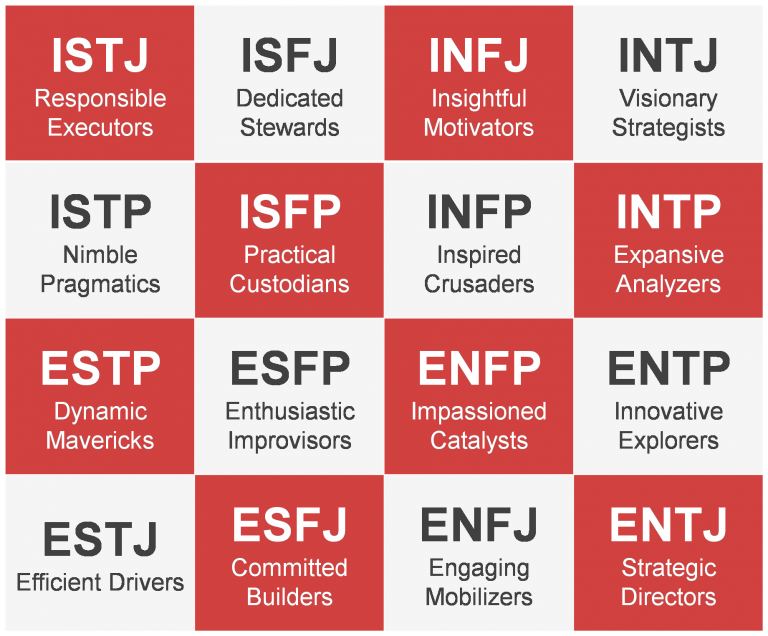
Myers Briggs Type Indicator ® (MBTI) OEC² Solutions LLC OEC²
One of the primary dichotomies in the Jungian personality taxonomy is intuition (N) vs. sensing (S). It is sometimes cast as a preference for the "big picture" (N) vs. details (S), theory (N) vs. practice (S), or abstract (N) vs. concrete (S) matters.
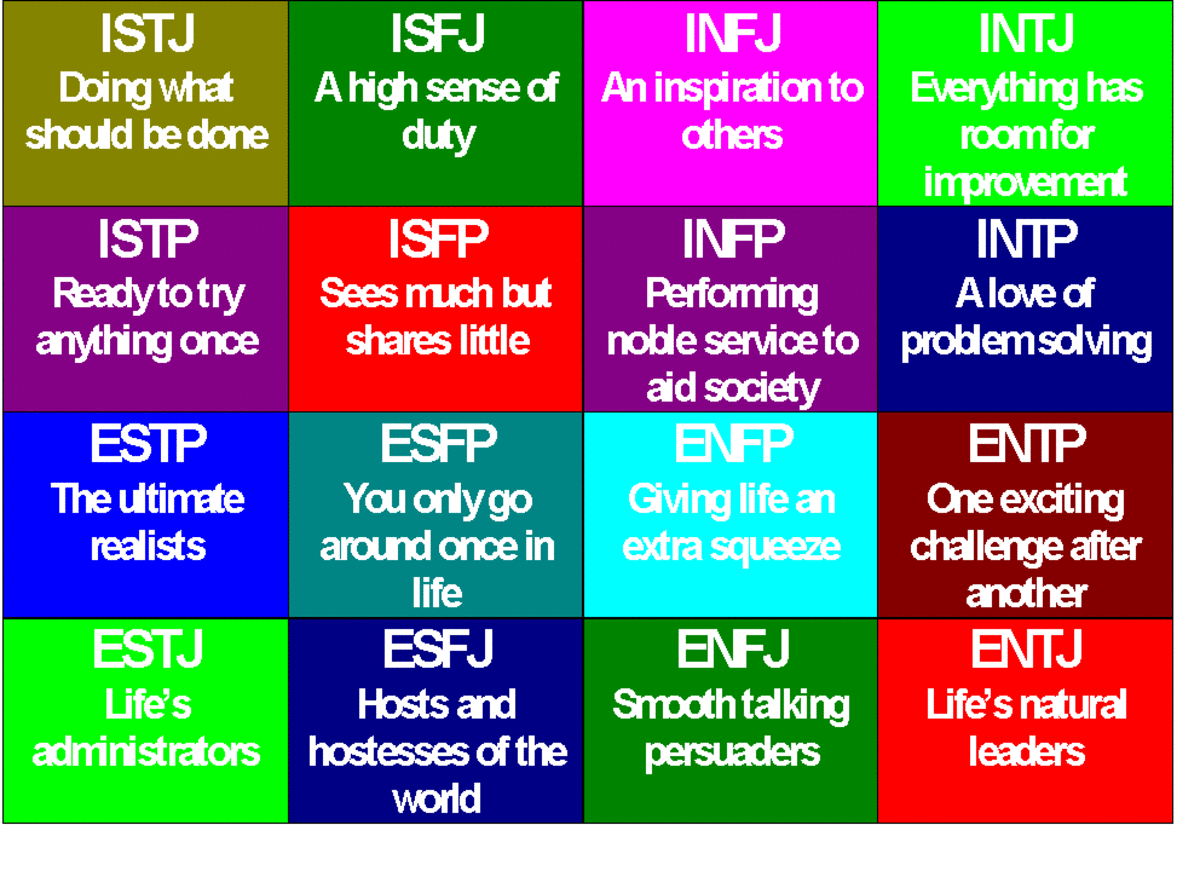
How MyersBriggs Affects Communication in Relationships PairedLife
MBTI, short for Myers-Briggs Type Indicator, is a personality metric developed by and her daughter Isabel Briggs Myers, based on Carl Jung's theory on psychological types. Carl G. Jung introduced in the theory of psychological types in the 1920s by. Katharine Cook Briggs and her daughter, Isabel Briggs Myers, developed the MBTI tool in the 1940s.. Millions of people worldwide have taken the.

MyersBriggs Type Indicator (MBTI) Overview LEADx
Created by renowned psychiatrist Carl Jung and popularized since the 1940s, the Myers-Briggs Type Indicator (MBTI) uses tailored questions to find your combination of four sets of opposing traits: introverted versus extroverted; sensing versus intuitive; thinking versus feeling; and perceiving versus judging.

Sensing vs. Intuition Judging vs perceiving, Personality psychology
Myers-Briggs Intuition (N) vs. Sensing (S) SHARE THIS PAGE: 64 Shares. About A.J. Drenth. A.J. is a four-time author and recognized authority on personality typology. He founded Personality Junkie® in 2009 which has since grown to see over 3 million annual visitors. His work has been referenced in numerous publications and he currently boasts.
Myers Briggs Type Indicator (MBTI) Learning Styles by Tracy Atkinson
In Myers & Briggs' personality typing, the Sensing/Intuition dichotomy describes how a person takes in information, whether through sensory-based experiences or by intuitively recognizing factual patterns and connections. Find your type

Best Management Styles for Each Personality Type (With images
S is more interested in practical things (new or not), N is more interested in new things (practical or not). There's overlap, of course, in things that are both new and practical.
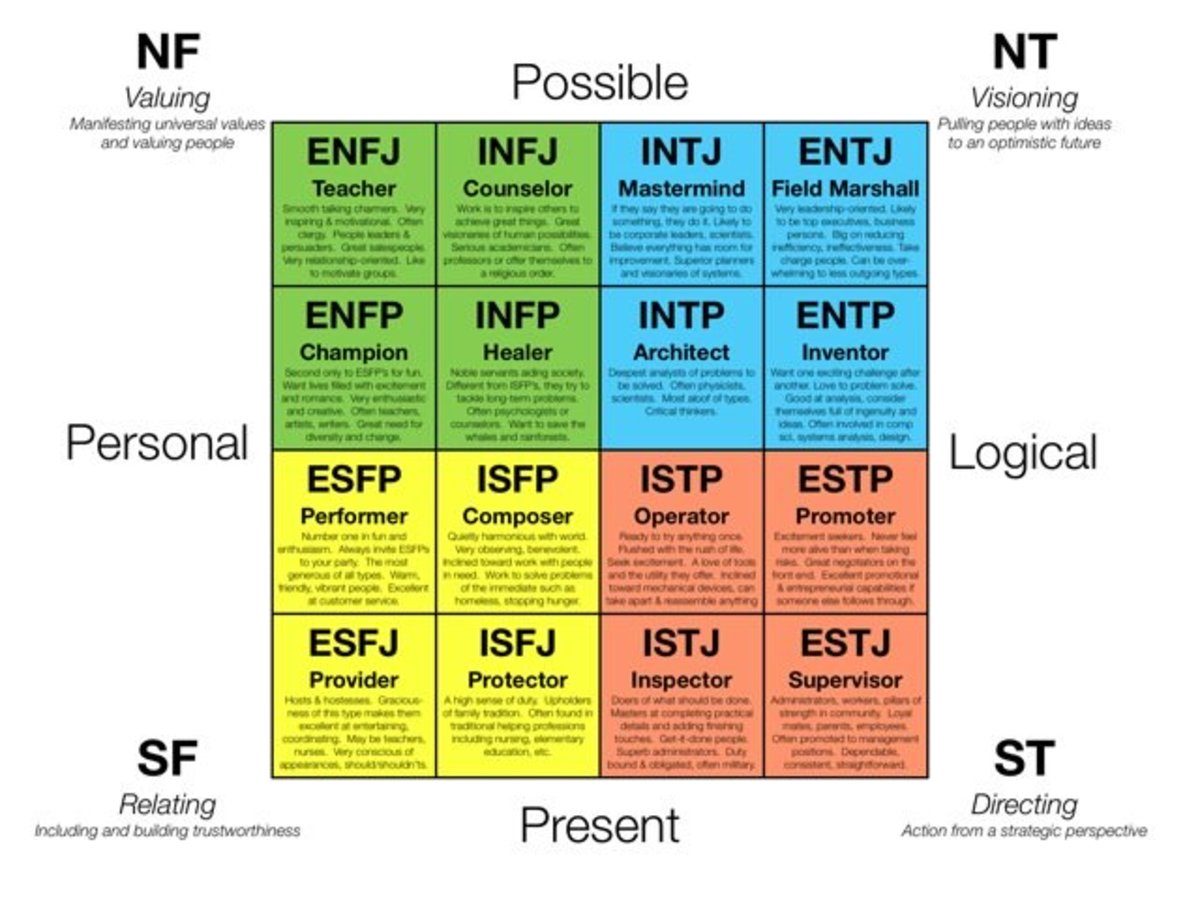
History and Significance of the MyersBriggs Personality Test Owlcation
Myers-Briggs The 16 MBTI system and is the key to understanding type. Learn about process pairs and an overview of how type dynamics works. model is developmental. Discover the pathway for type development over the lifespan. assessment for helping you choose a career and manage career changes at every life stage.
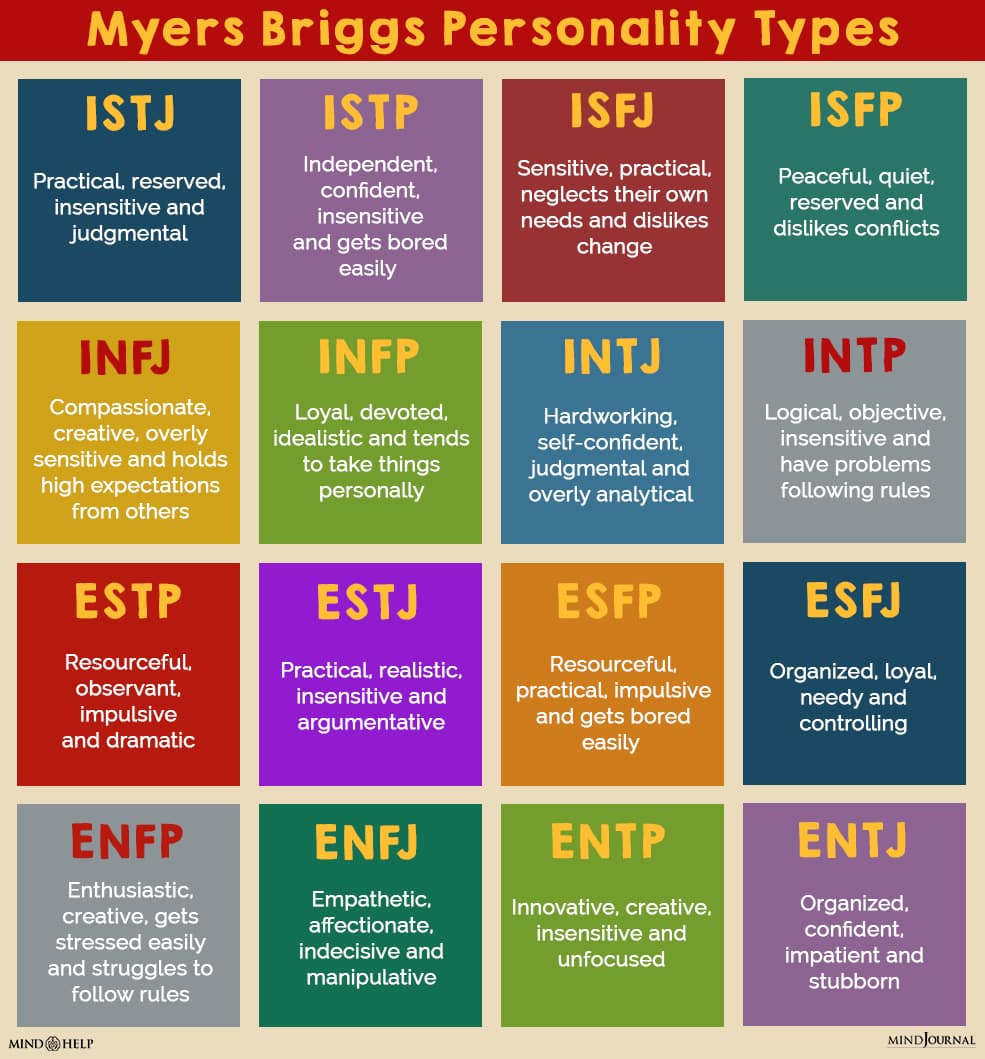
MyersBriggs
The Development of the Myers-Briggs Test. The MBTI tool was developed by Isabel Briggs Myers and her mother Katharine Cook Briggs in 1942 and is based on psychological conceptual theories proposed by Swiss psychiatrist Carl Jung in his work, Psychological Types.. Jung's theory of psychological types was based on the existence of four essential psychological functions - judging functions.
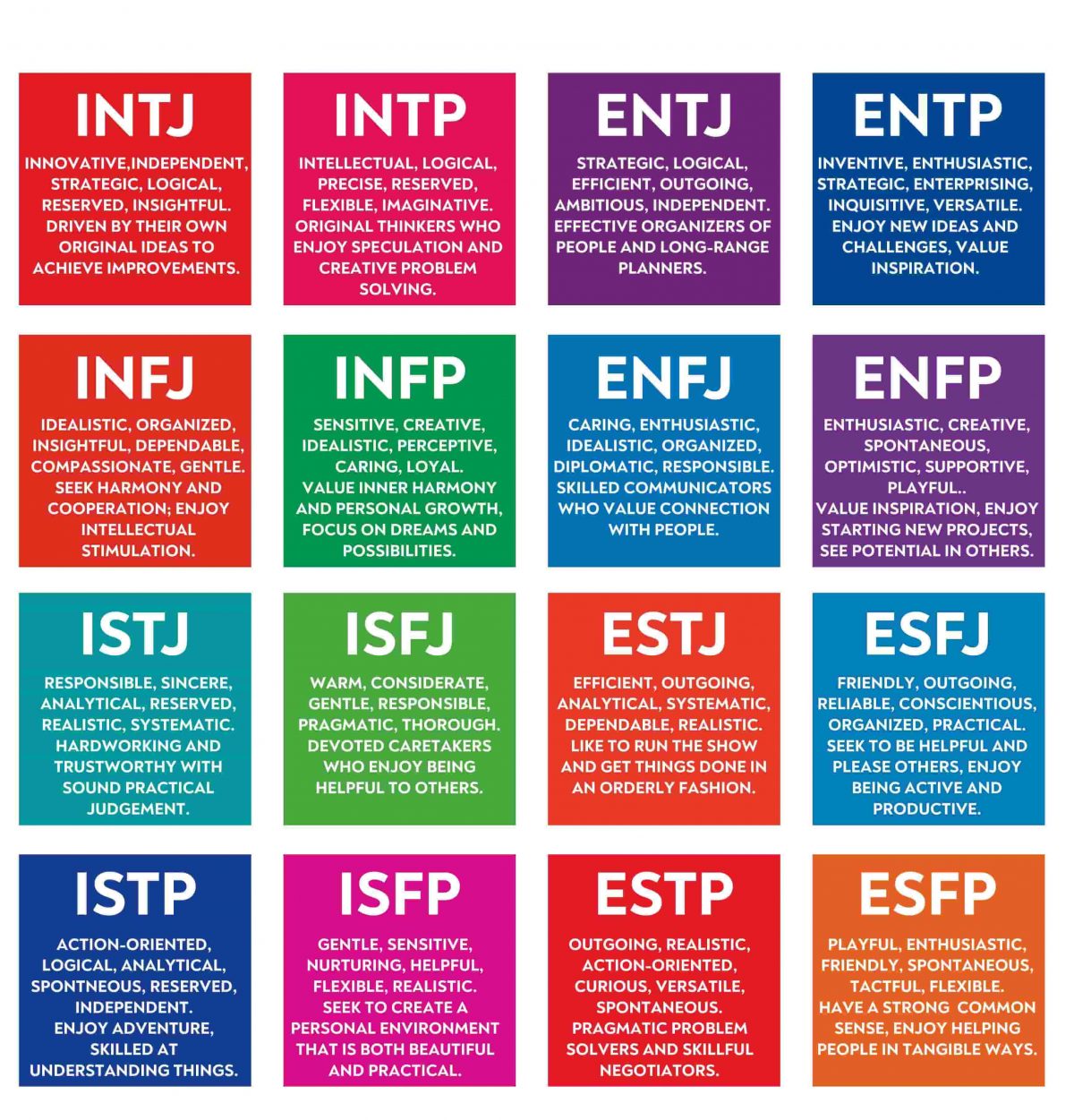
Myers Briggs Personality Test Let’s Explore Your Personality Type!
The Myers-Briggs Personality Type Indicator is a self-report inventory designed to identify a person's personality type, strengths, and preferences. The questionnaire was developed by Isabel Myers and her mother Katherine Briggs based on their work with Carl Jung's theory of personality types.

Myers Briggs Personality Types Infographic Template Images
The Myers-Briggs Type Indicator (MBTI) is an assessment of personality based on questions about a person's preferences in four domains: focusing outward or inward; attending to sensory.
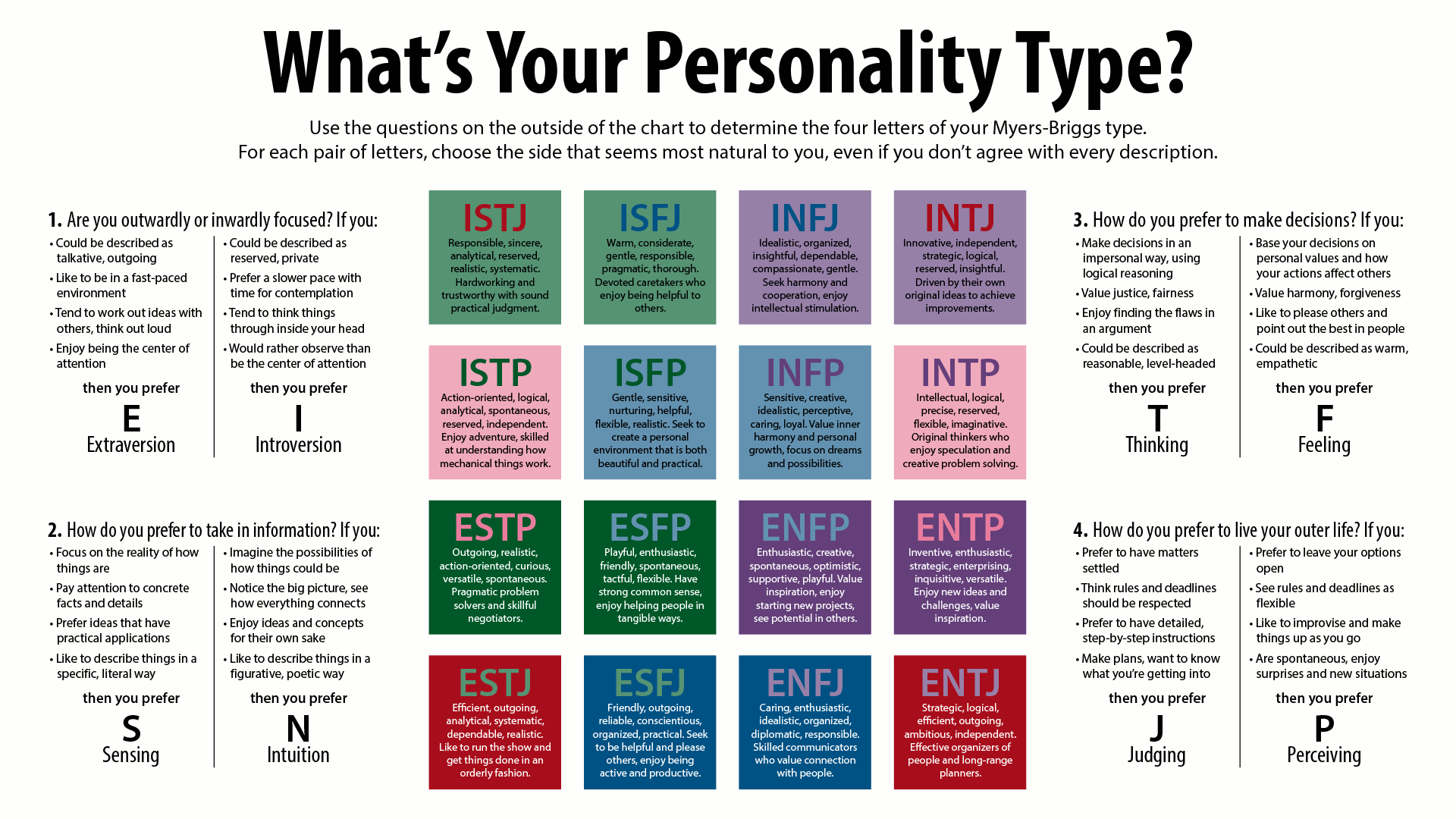
FileMyersBriggsTypes.png Wikipedia
The Myers-Brigg typology is based on Jung's theory of psychological types. It was constructed by the mother and daughter team of Katherine Cook Briggs and Isabel Briggs Myers. Katherine Briggs.

How Your MyersBriggs Personality Type Perfectly Explains You
You use Sensing (S) and Intuition (N) to receive and process new information either by using your five senses or in more abstract ways. Sensing and Intuition are opposite preferences. A person's natural tendency toward one will be stronger than the other. There are by far more Sensing people in the population than Intuitives.
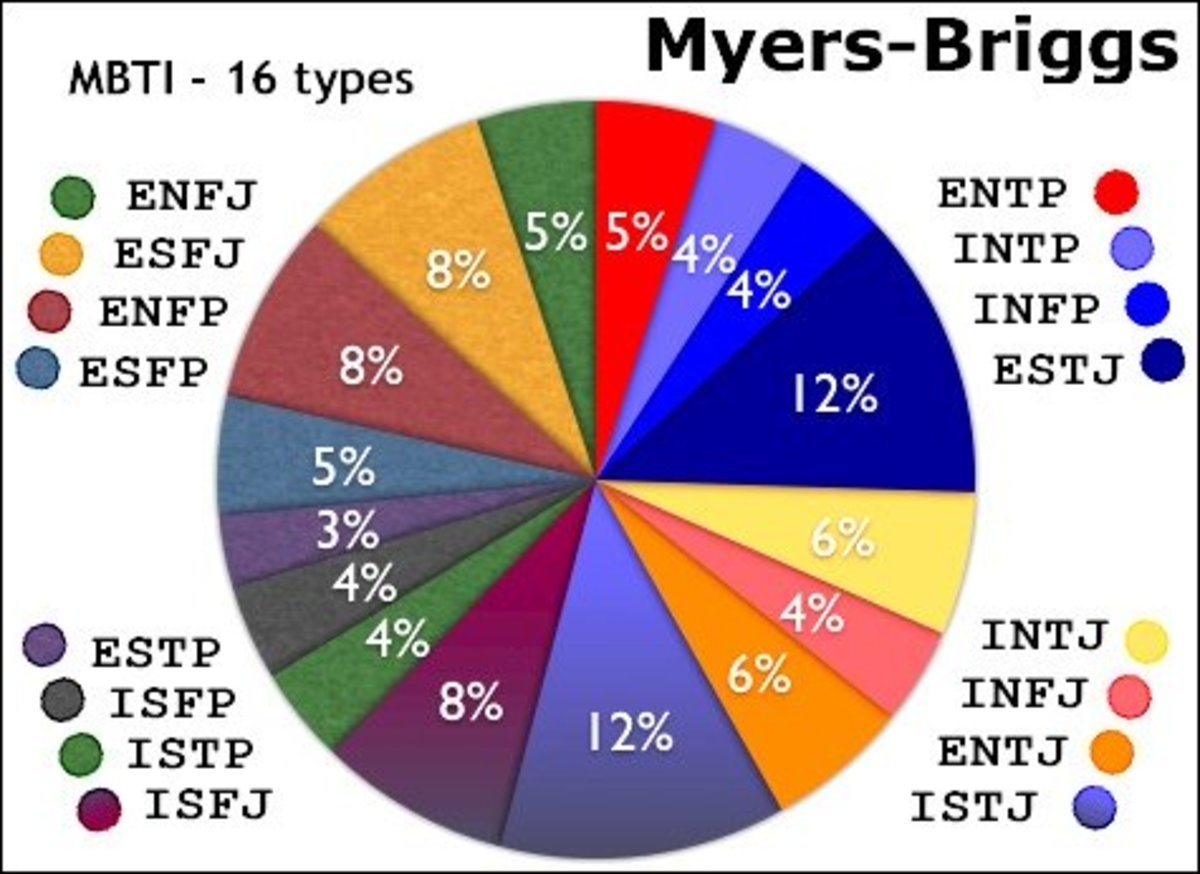
The History and Significance of the MyersBriggs Personality Test
Explaining the differences between Intuition and Sensing in the 16 Myers-Briggs Personality Types. These are the signs of intuition vs sensing. If you want t.

Pin by Kaye Smith on Personality types Personality types chart
Core Theory Mind: Intuitive (N) vs. Observant (S) Thought at Every Scale Our second personality scale includes the Intuitive (N) and Observant (S) styles. These traits describe what people are more likely to do with the information gathered from the world around them.